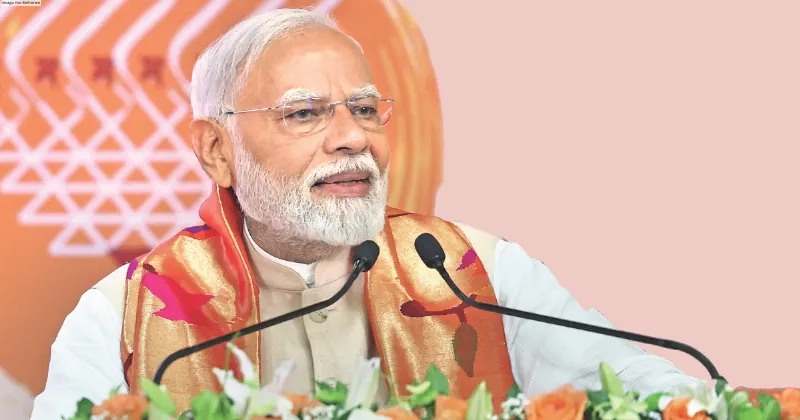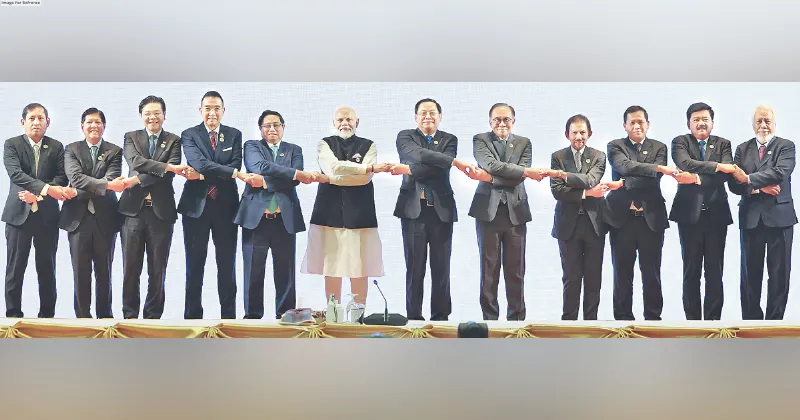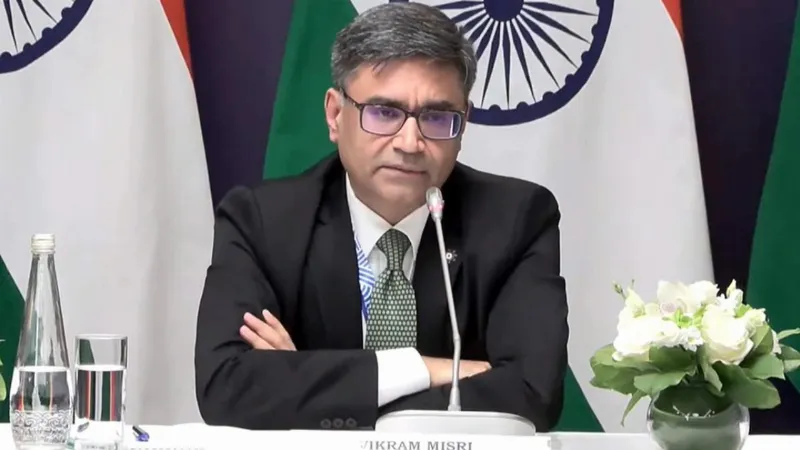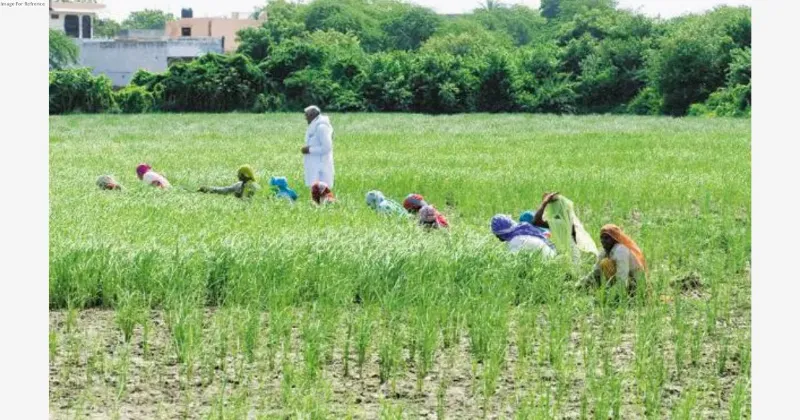Latest News
Gurugram is the epicentre of Haryana’s progress
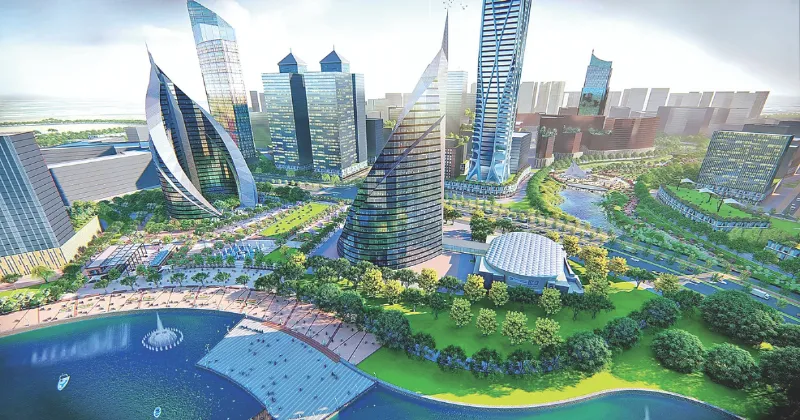
Haryana has recently emerged from the election cycle and the ruling political party there has once again made a comeback. Haryana is often talked about on the Indian canvas because of those Haryanvis who win medals in prestigious sports events at the global level like the Olympics and bring glory to the country. In the past couple of months, as discussions on economic development took place during the election season in Haryana, it was frequently noted in analyses that this state, which came into existence on November 1, 1966, alongside Punjab, has significantly outpaced Punjab in economic growth in recent years. Moreover, in terms of per capita income, Haryana is now ranked among the leading states in India. Statistics also show that Haryana’s per capita income is higher than the national average. However, a contradiction often surfaces in these discussions: Haryana’s unemployment rate is higher than the national average. Why is this so? According to a recent report, women’s participation in the workforce in Haryana is the lowest among all Indian states. This can largely be attributed to the rural setup of the state. As per the 2023- 24 data, while the national workforce participation rate is around 60%, in Haryana, it stands at only 49.5%. This means that a smaller portion of the workforce in Haryana is employed. Yet, Haryana’s annual unemployment rate is 3.4%, compared to the national average of 3.2%.
This raises questions and creates confusion about how high per capita income and high unemployment can coexist. When discussing Haryana’s economic development, it would be incomplete without mentioning the city of Gurugram. Formerly known as Gurgaon, Gurugram currently pays income taxes amounting to ₹50,000 crores annually. Over the past two decades, this figure has seen a 20% increase each year. This clearly shows Gurugram’s significant contribution to the Indian economy, contributing approximately 3% to 5% to the nation’s GDP. Gurugram has the highest per capita income in India.
The industrial growth of this city began in 1980 when the then Congress government established the Maruti industrial plant. Notably, Maruti is a joint venture between the Government of India and the Japanese company Suzuki, and it has maintained a reputation as the most trusted car brand for Indians for four decades. Following this, Gurugram benefited greatly from its proximity to Delhi, whether it be access to an international airport or other amenities. Then, with the economic reforms of 1991, India shifted its focus towards the service sector, and the service sector’s contribution to the GDP exceeded 50%. Gurugram attracted the most attention from the service sector and, in the last two decades, has grown into a large metropolitan city, on par with the capitals of some of India’s most developed states (Mumbai, Bengaluru, Ahmedabad, Hyderabad).
Today, when it comes to economic progress, Gurugram has come to symbolize Haryana. However, this has led to severe consequences, with high unemployment and significant economic disparity in other parts of Haryana. The unemployed in Haryana are increasingly turning towards Gurugram as they have no other option. A report by CMIE also confirms this skewed focus on economic development in Haryana. According to the report, over 61% of Haryana’s industrial units are concentrated in Gurugram alone. These units receive 97% of the state’s total capital expenditure, while the remaining 40% of industrial units in other cities get only 3% of the allocation.
For a long time, Haryana was considered an agrarian state, but today its economy is driven by the industrial sector. As a result, agriculture’s contribution to the state’s economy has declined from 60% in the early days to just 16% today. However, the reality is that industrial development is limited to one city, while other towns remain primarily agricultural, leading to lower prosperity and higher unemployment rates compared to the national average.
Now, with the government coming to power for the third time, discussions have turned to the election promises made, which number more than two dozen. These include permanent jobs for soldiers retiring under the Agni Veer scheme, a monthly stipend of ₹2100 for women, subsidized gas cylinders, the purchase of 24 crops at a minimum support price (MSP) for farmers, and developing 10 cities into major industrial hubs. Postelection, there is debate over whether the state government will work on fulfilling these promises. Economically, Haryana appears to be in a stronger position compared to neighboring states like Punjab, Himachal, and Rajasthan. For instance, Haryana has maintained an ideal fiscal deficit for several years. Last year, the fiscal deficit, estimated at 2.96%, was actually recorded at 2.8%, a commendable achievement. Notably, the Reserve Bank of India (RBI) has reprimanded certain states for their heavy reliance on central assistance for economic development, primarily due to high expenditure on salaries, pensions, and interest payments. Punjab tops this list. Additionally, populist measures like freebies have pushed several economies into difficult situations. Haryana, however, stands apart in this regard. Currently, only 60% of Haryana’s expenditure is on salaries, pensions, and interest. A drawback for Haryana is that it has allocated very little to capital expenditures over the years. Perhaps this is why the state has been able to maintain its fiscal deficit in an ideal range. As of the first five months of the current fiscal year, only 21% of capital expenditure has been utilized. This indicates that Haryana’s financial situation is well-controlled, and to improve it further, the state may explore additional revenue sources, such as increasing VAT on petrol and diesel and raising taxes on alcohol.
THE VIEWS EXPRESSED BY THE AUTHOR ARE PERSONAL
Dr PS Vohra The writer is columnist and financial thinker







